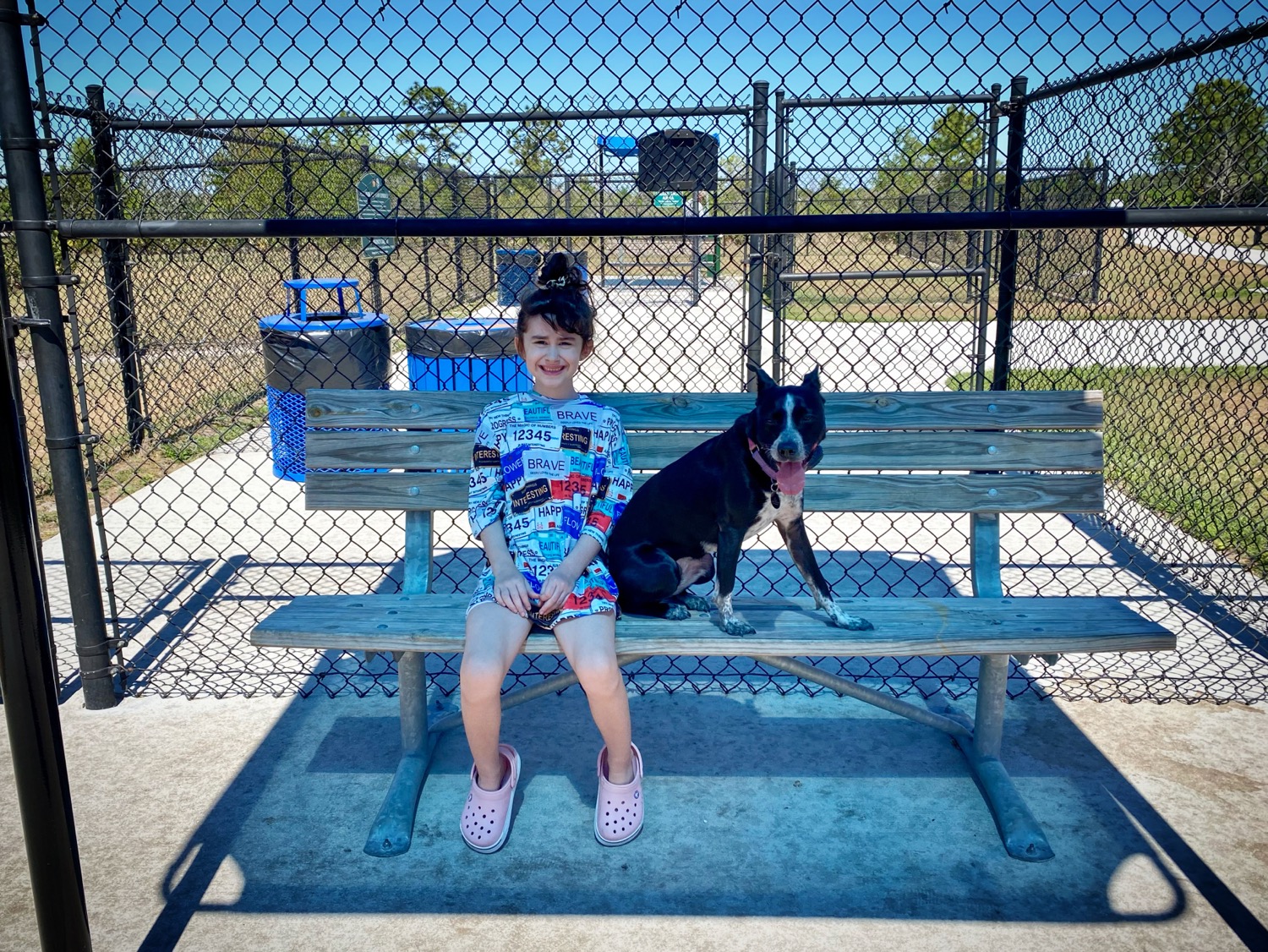Unlocking Canine Intelligence: The Importance of Mental Stimulation through Toys and Puzzles
- Jason Parks
- Oct 25, 2023
- 3 min read
Introduction While physical activity is a vital aspect of canine health, mental stimulation remains an equally significant but often overlooked element in a dog's well-being. Utilizing toys and puzzles can engage a dog's mind, addressing boredom, reducing destructive behaviors, and fostering cognitive health. This guide delves into the role of mental stimulation and introduces ways in which toys and puzzles can benefit every dog.
1. The Need for Mental Stimulation
Cognitive Health: Just as exercise strengthens the body, mental challenges reinforce the brain.
Behavioral Advantages: An occupied mind can curb undesirable behaviors like excessive barking or chewing.
Stress Reduction: Engaging activities help alleviate anxiety and stress in dogs.
2. Decoding Canine Boredom
Signs to Watch For: Destructive behaviors, whining, or digging can be indicators.
The Role of Enrichment: Providing mentally-stimulating activities can counteract signs of boredom.
3. An Array of Engaging Toys
Interactive Toys: These require dogs to perform certain actions to get rewards.
Fetching Toys: While primarily for physical activity, they can also challenge a dog’s tracking and retrieving instincts.
Chew Toys: Beyond the physical act of chewing, some chew toys engage a dog's problem-solving skills.
4. The World of Canine Puzzles
Treat-Dispensing Puzzles: Dogs must figure out how to access hidden treats.
Slider Puzzles: Dogs use their paws or snouts to slide compartments and reveal treats.
Multi-Level Puzzles: These require a series of actions to solve, perfect for more advanced thinkers.
5. Matching the Toy/Puzzle to the Dog
Consider Age: Puppies may need simpler toys and puzzles, while older dogs might enjoy more complex challenges.
Account for Size: Ensure toys or puzzles are appropriately sized to prevent choking hazards.
Temperament Matters: A shy dog might be overwhelmed by a toy that's too challenging, while an outgoing dog might quickly become bored with something too simple.
6. Safe Play is Key
Monitor Playtime: Especially when introducing a new toy or puzzle.
Regularly Inspect Toys: Check for wear and tear to prevent ingestion of broken parts.
Choose Quality: Not all toys are created equal. High-quality, durable materials are safer and last longer.
7. Benefits Beyond Mental Exercise
Enhanced Bond: Interactive toys and puzzles can strengthen the bond between the dog and the owner.
Physical Engagement: While the primary goal is mental stimulation, many toys and puzzles also offer physical benefits.
Training Opportunities: Toys can be used as rewards or tools during training sessions, integrating mental and behavioral enrichment.
8. Incorporating Regular Puzzle Time
Schedule Consistency: Just like regular walks, integrate puzzle time into the dog's daily routine.
Rotate Toys: To keep things fresh and engaging, rotate the toys and puzzles available to the dog.
9. Challenges and Adaptability
Increasing Complexity: Once a dog masters a puzzle, introduce a more challenging one to continue cognitive development.
Homemade Solutions: DIY puzzles, like muffin tins with treats under tennis balls, can be an affordable way to introduce variability.
10. The Role of Professional Guidance
Personalized Recommendations: A trusted dog training business can recommend specific toys and puzzles suited to a dog's individual needs.
Workshops and Classes: Many dog training establishments offer enrichment classes, introducing dogs and owners to new mental stimulation techniques.
11. Looking Beyond Toys and Puzzles
Training as Stimulation: Regular training sessions can provide both mental and physical challenges.
Environmental Enrichment: Introducing dogs to new environments or scents can also be a form of mental stimulation.
12. The Holistic Approach to Dog Well-being
• Balancing Physical and Mental Needs: While toys and puzzles are crucial, they are one part of a broader approach to a dog's well-being that includes diet, physical exercise, training, and regular check-ups.
Conclusion Mental stimulation, achieved through toys and puzzles, is paramount for a dog's cognitive health, behavioral well-being, and overall happiness. By recognizing the importance of engaging the canine mind and implementing regular enrichment activities, dog owners can ensure a balanced, holistic approach to their dog's well-being. As a trusted dog training business, the goal is always to provide guidance, resources, and support, ensuring every dog has the opportunity to thrive both mentally and physically.




Comments